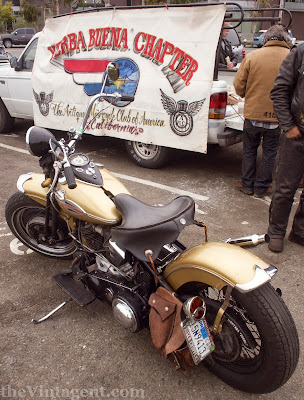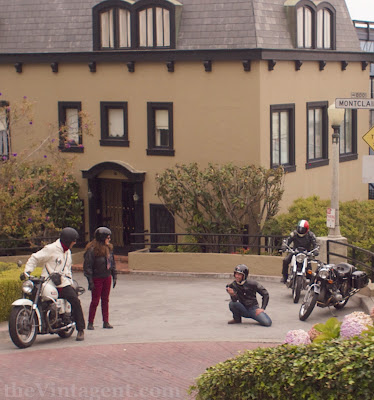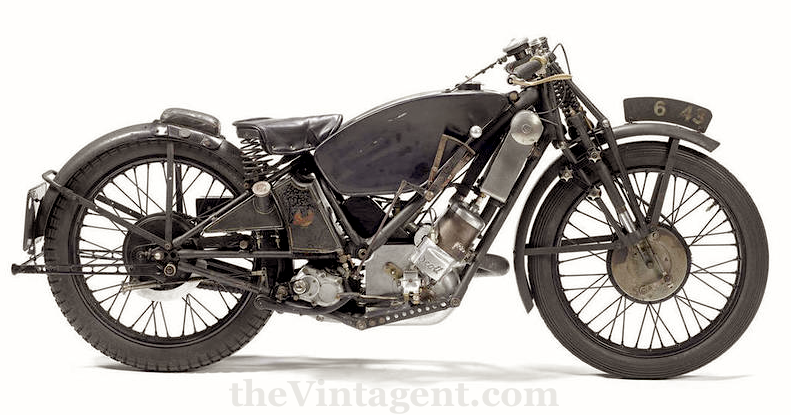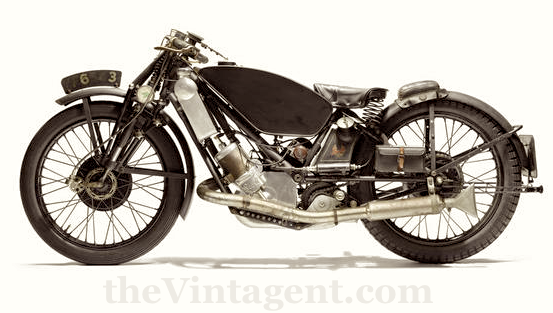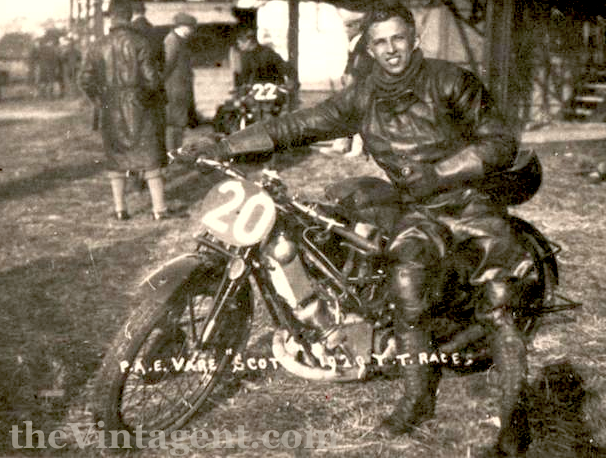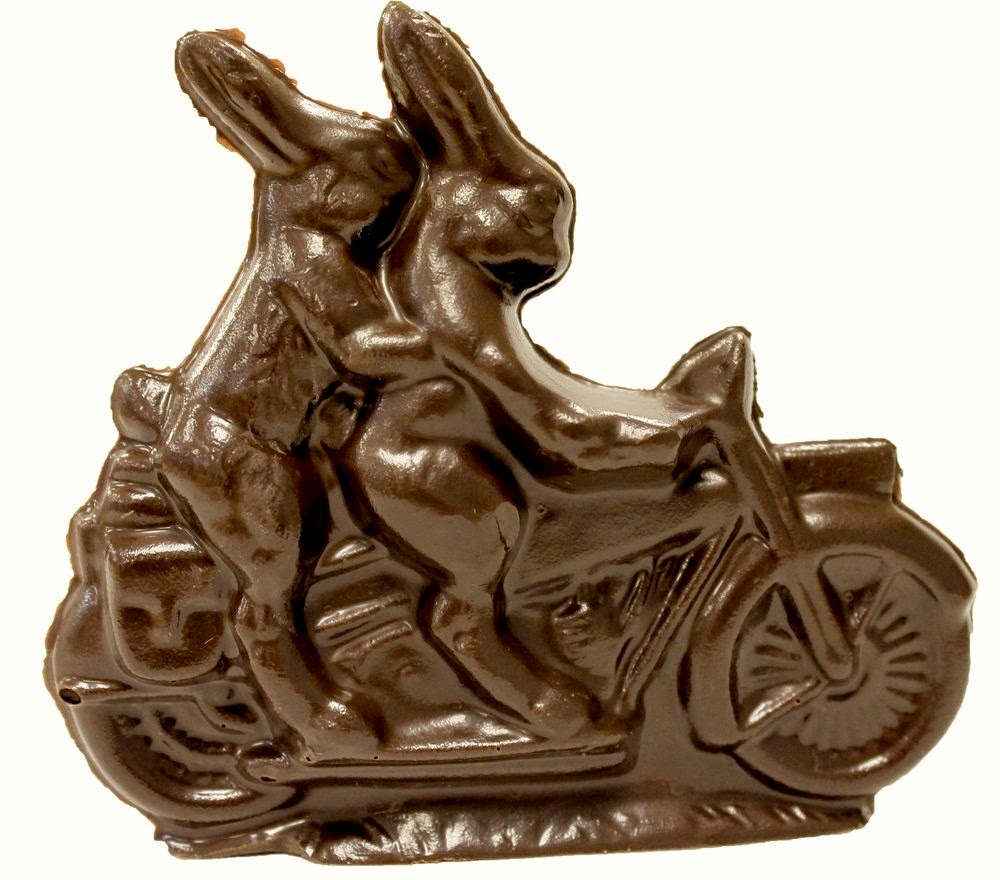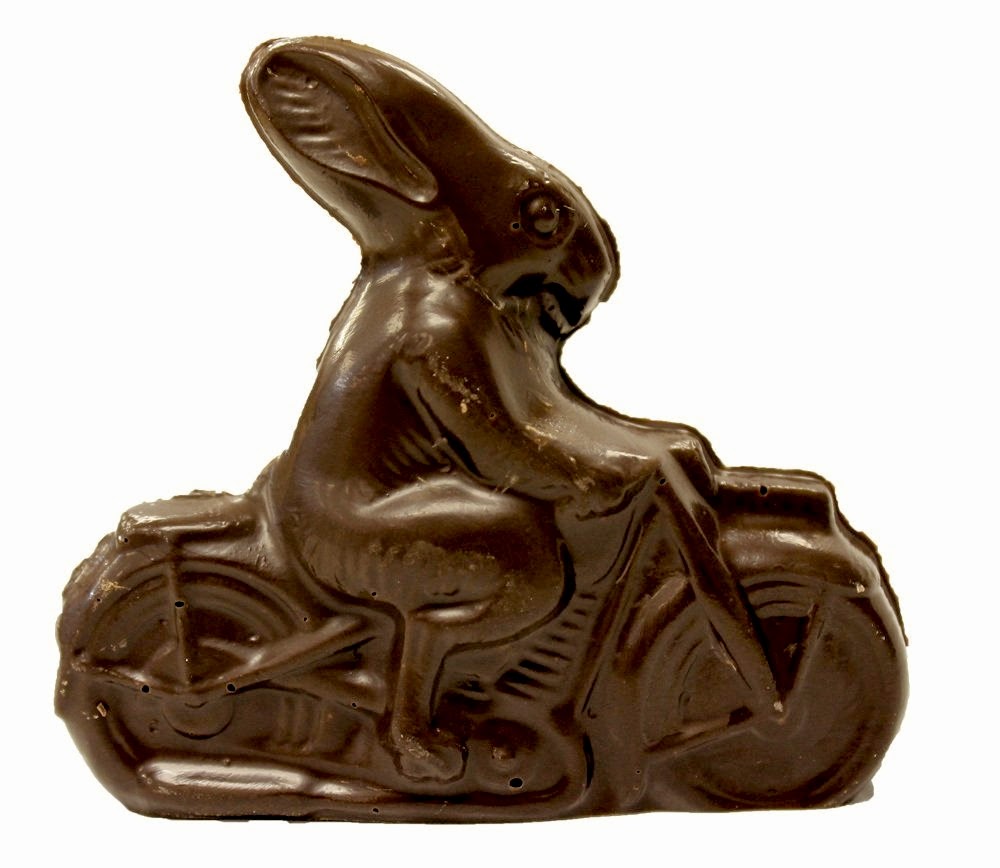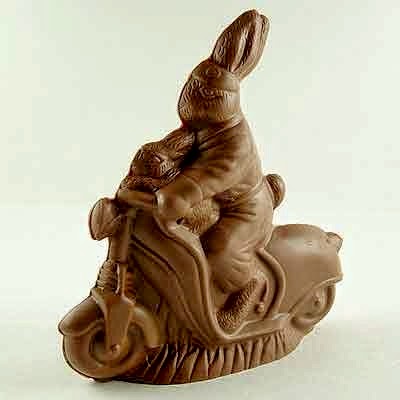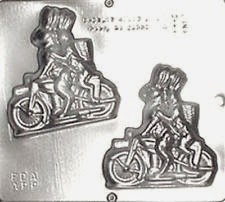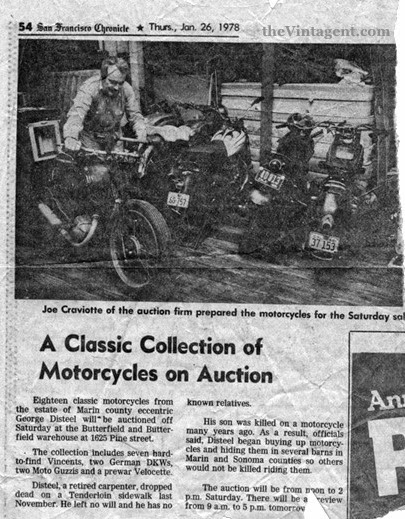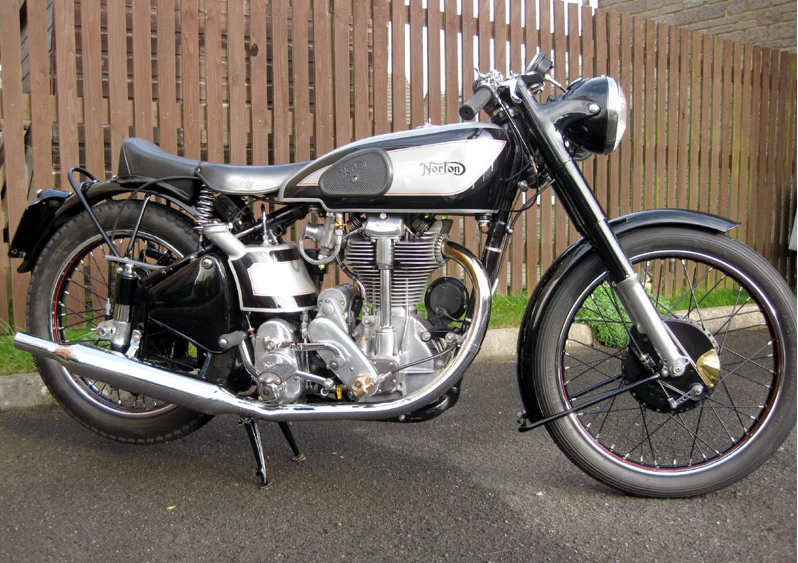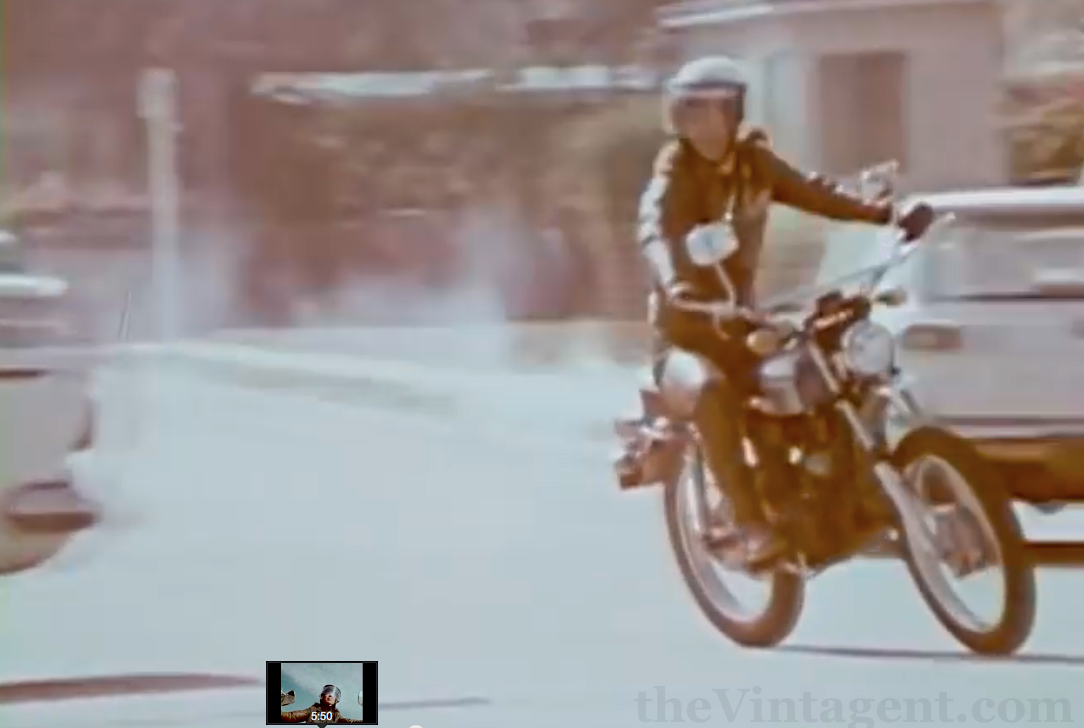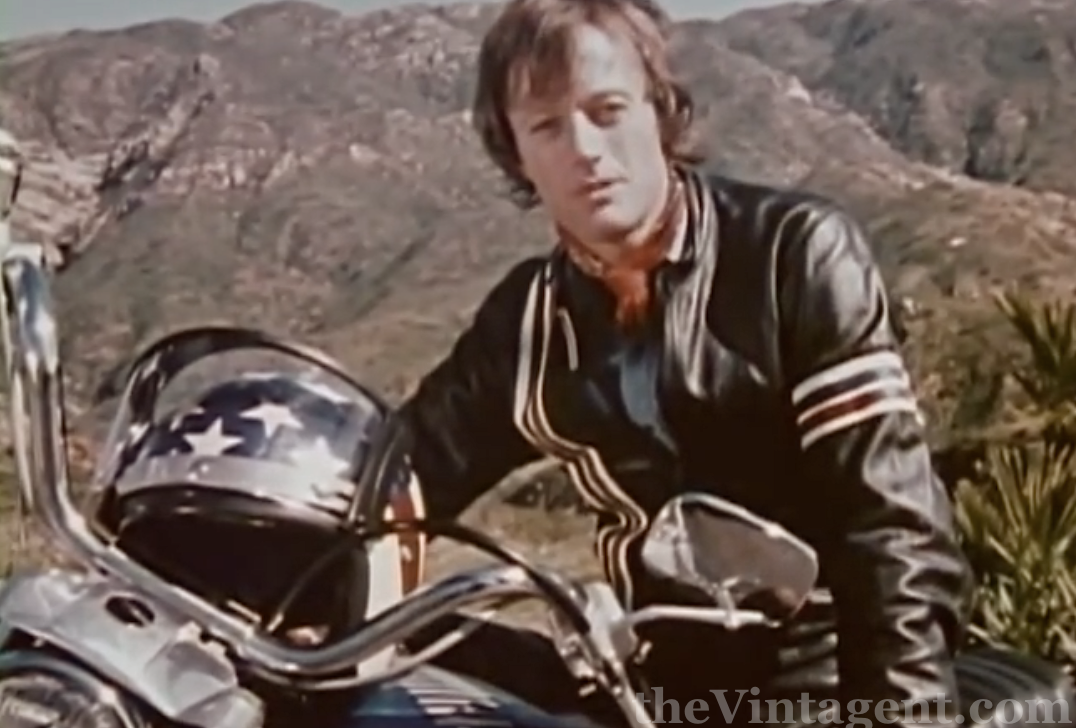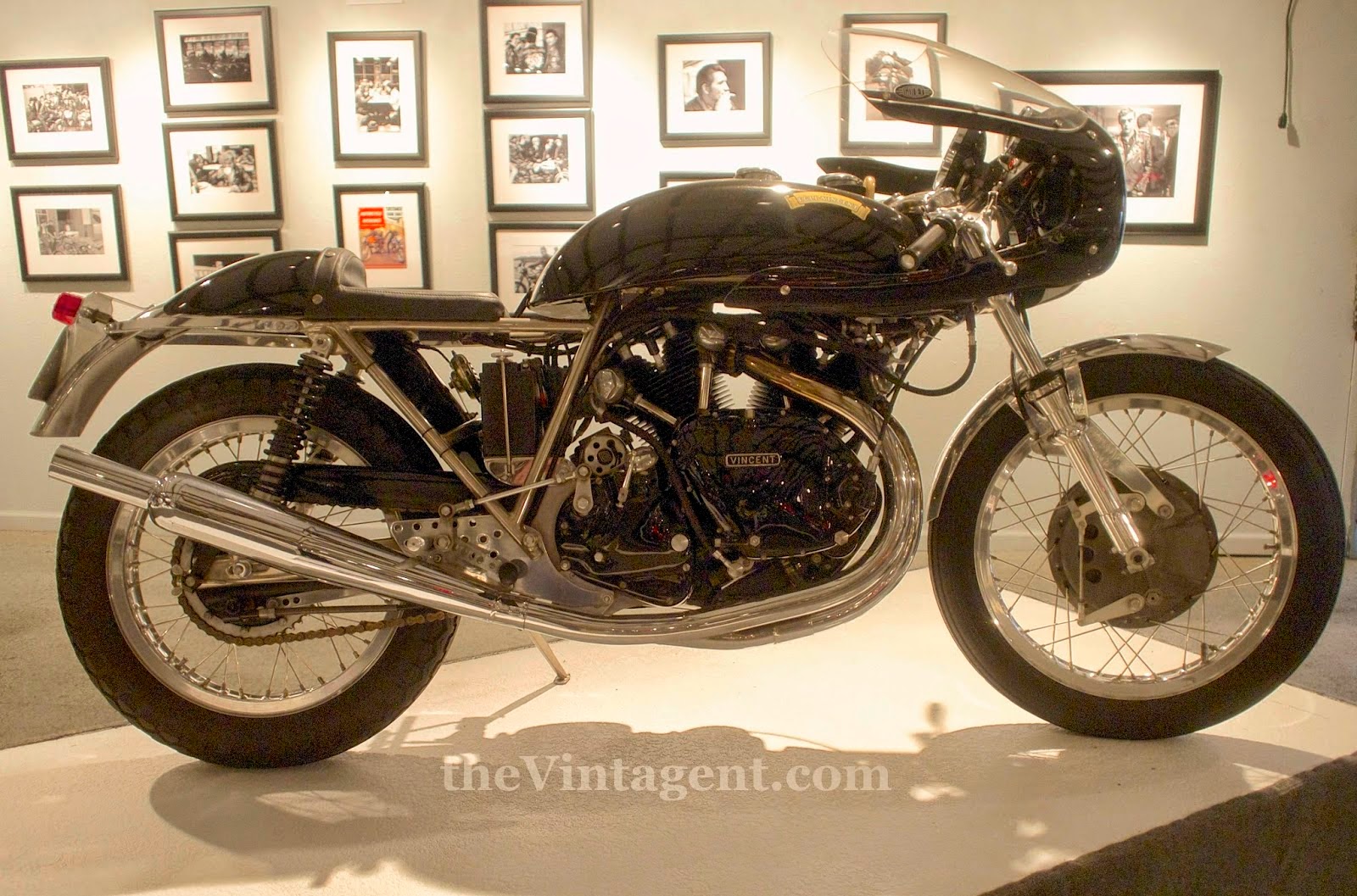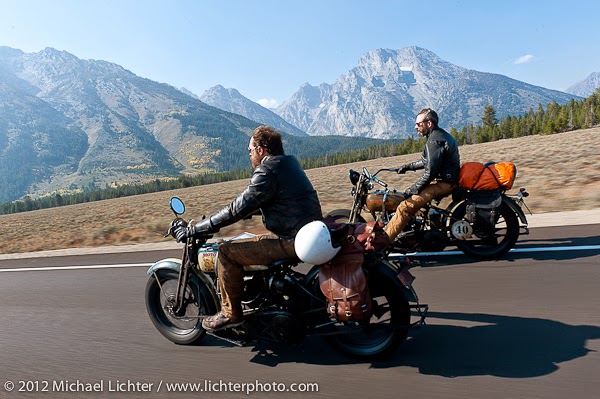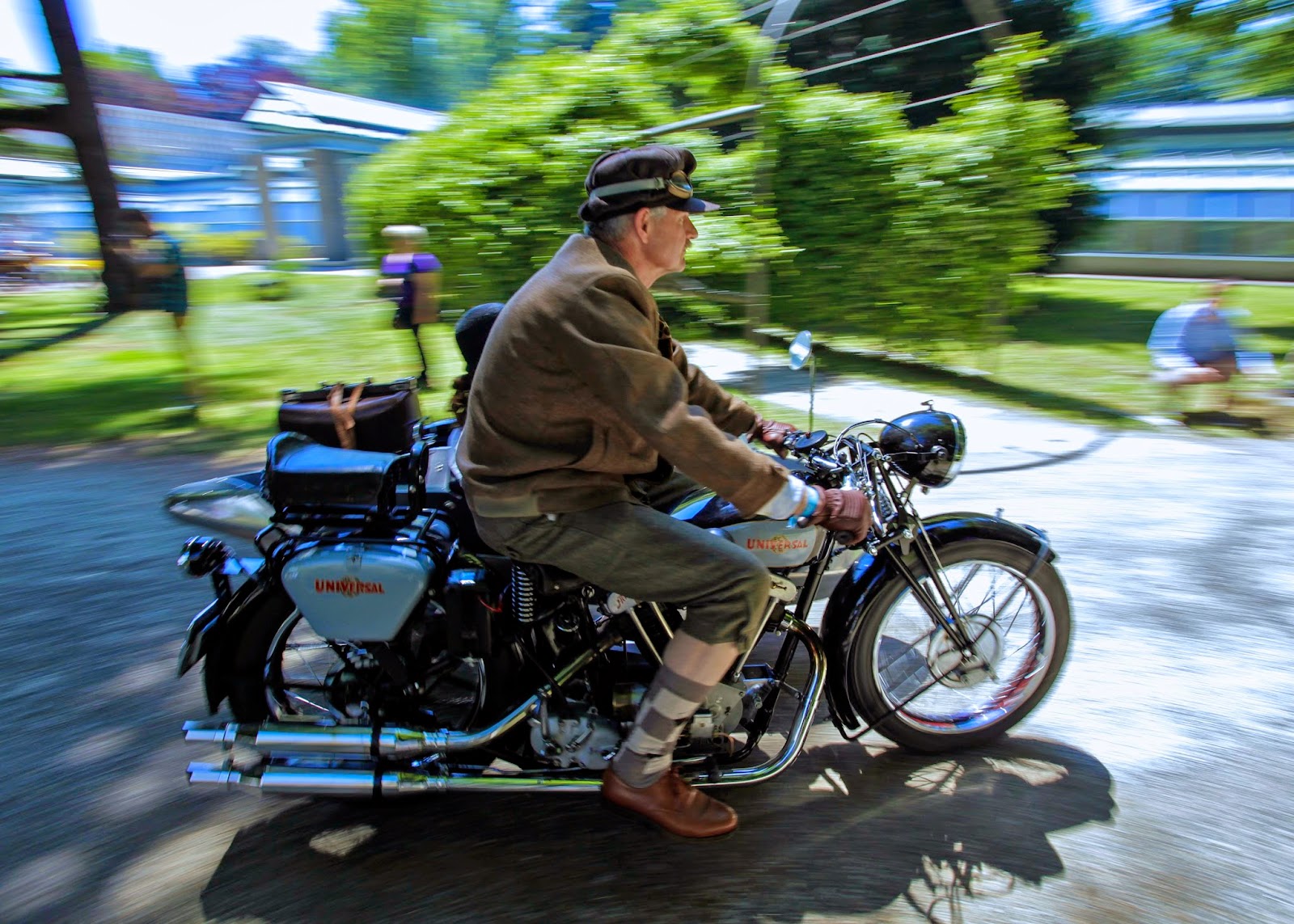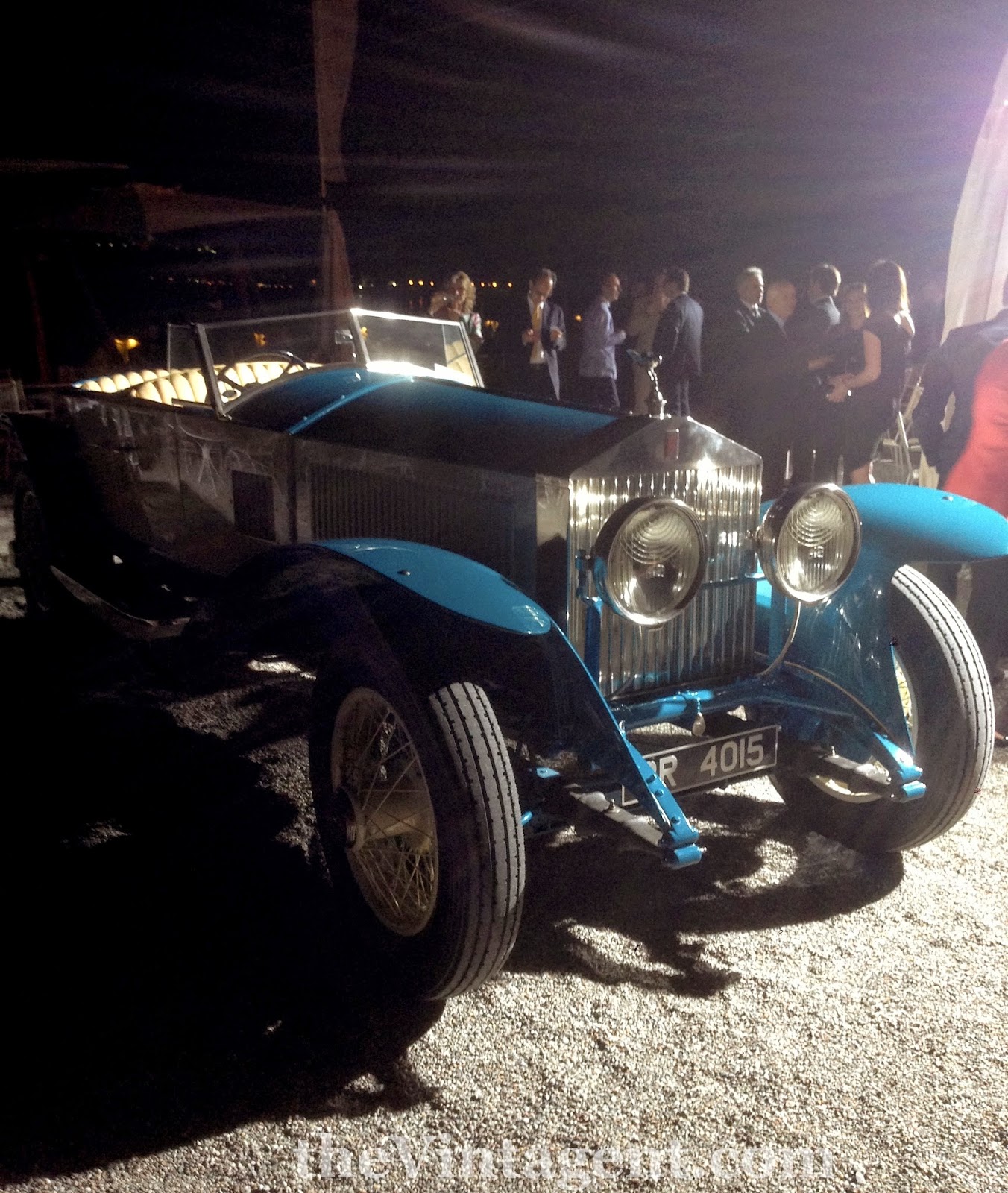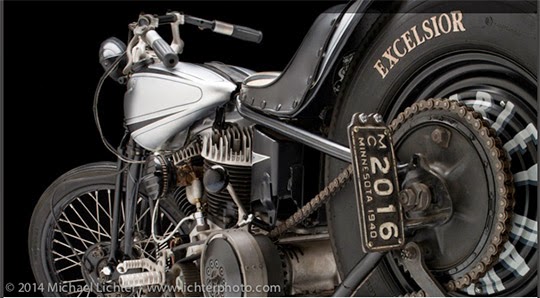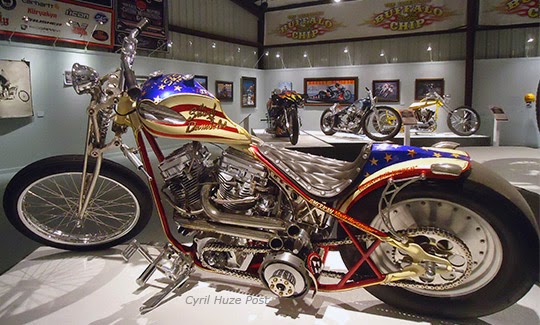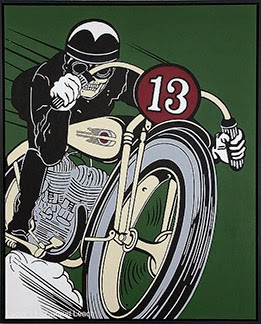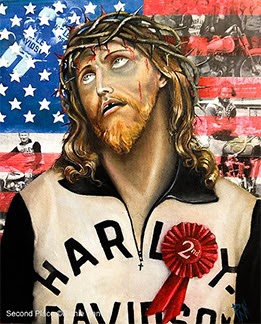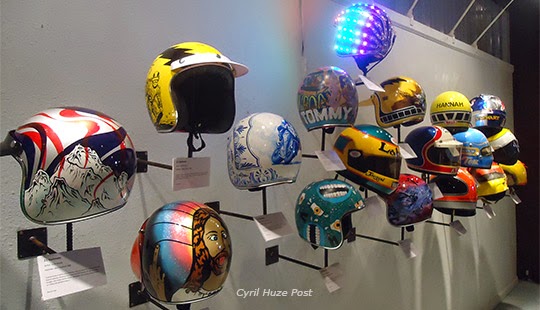![]() |
| Daniel Kessler on his 1933 Universal-JAP 680 - the 'Swiss Brough' - has a go around the grounds of Villa Erba |
Concours d'Elegance are marvelously silly things. Lining up a bunch of expensive cars and bikes seems at times an exercise in pride (of ownership) and envy (of same), with a dressing of greed (the value bump from a win); deadly sins all. Owners sweat while judges - and who anointed them? - pronounce 'winners' and 'best of show' over a display of obsolete industrial design. I was one of those judges at the Concorso di Villa d'Este; so why did I readily accept the inviation? It was equally silly for me to fly to Italy from San Francisco for a long weekend, especially as I was scheduled to fly right back to Europe 10 days later, to show my MotoTintype photography at Wheels+Waves in France. So again, why do it?
![]() |
| 23 hours of this in 4 days... |
![]() |
| ...but the first view of Lago di Como is always breathtaking |
The best
concorsi are curated as exhibitions, with much thought given to the classes and categories, which vehicle goes next to the other and the story thus told. In the best case, the public is enlightened by the mix, discovering connections and influences, observing the movement of history, delivering a few 'aha' moments with the inevitable 'ahh's. They provide an opportunity to see ultra-rare machinery in the metal, and on the grass, albeit in a no-touch environment, which is understandable but frustrating at times. Then again, if everyone who so desired was allowed to caress Ernst Henne's original-condition 1929 BMW WR750, it would be worn to a nubbin by now; we all missed our chance to be flying-helmeted Heroic World Record Breakers by not being born in 1900, with prodigious natural riding talent, and in Germany. Henne was the one who did the work, so we must be content to watch; it was the same in '29.
![]() |
| A chance to pose on the 1929 Ernst Henne world-record supercharged BMW, with George Cohen supplying the proper 'flat cap' for period correctness (Henne's streamlined aluminum helmet not being available...) |
The
concorso in question is sited on one of the world's beauty spots (Lake Como), on the grounds of two fantastic old villas, neighboring Este (for the cars) and Erba (for the bikes), and has a generous benefactor (BMW) who takes care of the details, like building the interesting pavilion for the bikes, plus security, and cars/drivers to get people around, and plane tickets for mugs like me. The organization is excellent, as is the curation of the vehicles, invited according to themes; for 2014 the motorcycles fit categories of 'The Great Gatsby', 'The Elegance of Sidecars', 'First Steps from Japan', 'Sixdays in the Sixties', and 'Top in Class', plus a once-in-a-lifetime display of supercharged World Speed Record motorcycles, who battled each other between 1929 and 1937. That is, when BMW took on the world, and vice-versa, with manufacturers as large as BMW and Gilera or as small as Zenith and OEC building technically brilliant machines. It was the last truly romantic era of pan-European motorcycle speed competition, and between the builder/competitors, the speed wasn't abstract; it was personal. Seeing those 5 bikes together was reason enough to attend the show, and I was happy to do the 'work' which paid for my ticket.
![]() |
| The lineup of 1929-37 World Speed Record machines; Henne's 1937 BMW streamliner ('Henne's Egg') with the 1937 Gilera Rondine streamliner behind. The BMW provided Henne's retirement ride, and it held the record for 15 years, until broken by competitor NSU. |
A four-day trip to Italy leaves no time for jetlag, and I arrived Friday morning for a judge's meeting with my esteemed comrades at Villa Erba, headed up by the immortal
Carlo Perelli (and here's hoping - he started working for
Motociclismo in 1947!), with English journalist
Mick Duckworth, BMW's head of moto-design
Edgar Heinrichs, French journalist
Francois-Marie Dumas, and Italian TV star
Lucca Bizzarri.
![]() |
| Peter Nettesheim demonstrates his 'world's oldest BMW' 1923 R32; an easy starter! |
I've judged with Carlo before (this was my 3rd go at the Villa), and knew my other colleagues personally, barring our celebrity judge, who was the only one of us hounded by autograph-seekers. Our proceedings were overseen by
author Stefan Knittel, the mastermind behind the
concorso di moto, plus our master of ceremonies
Roberto Rasia dal Polo. After our jury pow-wow, it was cocktail time at Villa d'Este proper, to mingle amongst the beautiful, fabulous, and rich involved with the automobile
concorso. It's also BMW's moment to unveil their prototypes for the year; perfectly understandable given they've paid for the venue (and our drinks). If you've ever hankered for an electric convertible Mini, the little blue cutie which crunched silently up the gravel path was for you. The prototype two-wheeled BMW hotrod which Ola Stenegard and Edgar Heinrich cobbled up in their workshop was equally silent, although it wasn't electric - an aftermarket micro-switch had been left on overnight, and the battery was flat. So much for dramatic flourishes, but the bike looked great, and we got plenty of chance to hear it the next day.
![]() |
| Dinner with friends at Villa d'Este; entrants, judges, and BMW brass... |
The motorcycle crowd separated off to a gigantic green chandeliered dining room afterwards, the judges and entrants and BMW's motorcycle design and museum heavyweights. I had the good fortune to sit beside
Stefan Schaller, head of BMW motorrad, who asked my opinion - what did I think BMW should do next? Ever the diplomat, I replied, in a nutshell, 'Less R&D, more
RSD...and where's your
electric motorcycle?' I'm not sure he was pleased, but he got what he asked for...
![]() |
| The 1922 Beardmore-Precision with sleeve-valve Barr+Stroud engine (350cc) and full leaf-springing front and rear - plus that fabulous 'trout' sidecar in original condition. A technically fascinating motorcycle... |
Saturday morning was open to the public at Villa Erba (for the first time - and quite a crowd had queued up), while judges scanned the bikes, a less formal process than at other shows. It's expected all the bikes run, and they do, so there's no moment of tension for owners as 5 guys in blue blazers (the bikies don't wear them, but the car guys do) stand around and watch you work up a sweat. The focus of this
Concorso is 'eleganza' and 'best of theme' with no points system; less subjective than it sounds, and our discussion in the judge's chamber mid-afternoon was enlightening. In a first for me, it was suggested one bike was 'too shiny' to be a winner, and that a gorgeous Brough SS100 shouldn't win because it isn't American, in the 'Great Gatsby' class (I've been overruled at a show when the chief judge simply assumed a Brough should win for Brough-ness itself, and so it did).
![]() |
| The fabulous 1929 Opel Motoclub with sidecar owned by Matthias Hühn |
Sorting through the 'Elegance of Sidecar' class was the most difficult, as they were all brilliant, and a passionate discussion arose regarding the 'fish', a Beardmore-Precision with sleeve-vale Barr+Stroud engine with a trout for a chair! It was my opinion the sidecar outshone the condition of the bike, which was very badly faux-patinated, but then again, the bike itself was the most technically interesting machine of our judged classes (the watercooled, supercharged, DOHC, four-cylinder Gilera record-breaker wasn't judged...and besides,
one already made 'Best in Show').
![]() |
| Another shot of Daniel Kessler with his 1933 Universal-JAP 680 with groovy sports sidecar |
Our judge's panel had collectively around 250 years' intensive/professional experience with motorcycles - let that sink in for a moment - and the round-table talk while sorting out winners is the real reason I come here; it's the most stimulating discussion of the year, men (yes, gents only this time) with a lifetime of passionate motorcycle study, discussing bike history, culture, and preservation in a closed room with no interruptions. It's brief (2 hrs max), heady, and I wish it happened more often, because it charges my batteries to be in such a room. As our professional obligations divert attention through the year - deadlines and events and travel - big shows like Villa d'Este and the late-lamented
Legends of the Motorcycle Concours are a magnet for real devotees of motorcycling, and such a private seminar is rare indeed. We don't need much time as the 'groundwork' is long ago done - just dig into the big questions at hand - and while we don't agree on everything, we all smiled simply to be present in such company.
Post-judging left time for a free Riva water taxi to Villa d'Este, a breathtaking ride, to check out the car show going full swing. The gravel terraces easily accommodate 52 cars, with a stunning view of the lake to rest the eyes between dazzling show vehicles. There's no crowding, as there's no public entry; it's entrants and professionals only on Saturday for the car show, but on Sunday all the cars are driven to and around the expansive parklands at Villa Erba for the public's pleasure. While we motorcyclists have a charming purpose-built pavilion in a park, the 'car people' parade slowly through the Villa's outdoor café, amidst hatted ladies and summer-suited gents, potted geraniums, roses, bougainvilleas, mahogany Rivas burbling over the lake; the environment is absurdly lovely, and why the Pebble Beach crowd (and I use the term advisedly) has set its sights on Italy as the better place to go. Because it is, if you're pockets-deep into the car thing.
![]() |
| The Concorso at Villa d'Este; no bad angles, no bad viewpoints... |
Sunday morning the top 3 bikes of each category were lined up on the red carpeted bandstand at Villa Erba, and we judges had a chance at the microphone to explain our thoughts to an audience. The 'silly' part is that, of course, all the bikes entered in the
Concorso were worthy of red-carpet treatment, but we had a job to do, and the winners were spectacular. Our 'Best in Show' was a surprise this year, because it wasn't on the carpet as a category winner - the glorious red-tyred Opel/Neander outfit was ridden up the gravel path at the last minute, a dramatic flourish, which also (truth be told) gave us an extra slot in the winner's circle for the too-good sidecar class.
![]() |
| Dressing the part; the original concept of the Concours d'Elegance was a mix of fashion and vehicles, and Matthias Hühn and his Opel Motoclub hit all the right notes |
The remainder of the day was spent milling around the cars which now occupied the grounds of Villa Erba, and, my job done, catching up with far-flung friends. Two 'side exhibits' at the Villa included a Maserati anniversary cluster, and a platform with customized BMW motorcycles (customs at Villa d'Este!), reflecting BMW's foray the past two years into collaborations with various small workshops. Last year the Roland Sands 'Concept 90' débuted here, and this year a dozen bikes were on show, including 'Sonic Seb's Lucky Cat Garage dustbin sprinter (seen in action at Wheels+Waves) and El Solitario's 'Impostor', which I dubbed 'the world's most hated motorcycle' for an upcoming article in
Cycle World, and is more popularly known as the 'flying shopping cart'. BMW was brave to display it (in the far-back corner), although they haven't braved it in their press announcements. Then again, you never know what you'll get back when you hand a bike to Spanish anarcho-artisan David Borras.
That night the car concours announced its winners at a black-tie dinner, with a substantial fireworks display at the end, reflected in the lake's waters. Bikers aren't invited, so I had a no-tie dinner in Cernobbio with friends, and enjoyed the spectacle from nearby, while soaking in a last bit of Como's magic.
![]() |
| The Riva water-taxi service between the two Villas |
![]() |
| I think it's safe to say Villa d'Este has the best programs of any concours - hardback, with separate books for cars and bikes. |
![]() |
| The Flash Gordon bodywork of the 1937 Gilera supercharged record-breaker, which did 170.27mph that year on the Brescia-Bergamo autostrada |
![]() |
| Pinch me. |
![]() |
| Most amusing car was this fabulously lowbrow green '72 Fiat Aster 132 Zagato coupe, complete with a box of 8-track tapes on the passenger floor. |
![]() |
| Terribly crowded around the Maserati brigade...well, not. This is as crammed as it gets at Villa d'Este, except for the bars, which take a fight to get at; a thirsty crowd... |
![]() |
| Riva parking only at the floating pool/dock of Villa d'Este |
![]() |
| Lovely '34 Rolls-Royce Phantom II with Gurney-Nutting boattail; used here as a party centerpiece on Friday night |
![]() |
| The trophy girls were dressed by a Milanese fashion school, and their hats were auctioned off for charity |
![]() |
| Terrific original-paint 1913 Wanderer of Ulrich Schmid, with an equally fantastic Motosacoche sports twin behind (and Edgar Heinrichs wondering how to judge them!) |
![]() |
| The 'Great Gatsby' lineup, all American twins and fours, plus the odd Brough... |
![]() |
| Peter Abelman aboard his '59 Yamaha YDS1, yes, at Villa d'Este, smoking where the patrons can't.... |
![]() |
Best at the Lake, or just best of the best, the original-paint 1929 BMW WR750 in all its sensual glory
[Note: due to a hard drive failure, my 'real' camera's photos were unavailable, so I've used iPhone pix here, mixed with BMW's press photos]
|
























